Once upon a time, stamp-like objects were not allowed to join stamp exhibitions and were never included in major stamp catalogues.
At first, philatelists turn up their noses on cinderella postage stamps, calling them album weeds. Purist stamp collectors thought labels had no place in philately because they were too broad and thus impossible to compile.
But nothing can take away the beauty of cinderella stamps. Their designs are often more elaborate than the regular issue stamps. Stamp-like labels were continually used to mark envelopes and postcards for propaganda and advertising features.
By and by, cinderella philately became internationally-known as a legitimate branch in stamp collecting. And all the cinderella philatelists lived happily ever after.
What are cinderella postage stamps?
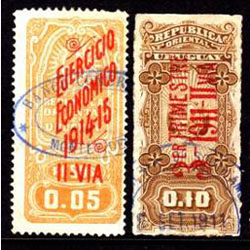
The cinderella stamp definition is a label that resembles a postage stamp but is not used as a postal fee for sending mail. Cinderella postage stamps are recognized as one of the 11 types of philately. They are often called philatelic labels or revenue stamps.
The designs of cinderella stamps may look similar to the usual postage stamp parts except that the cinderellas lack the country name and face value. Instead, they may have the name of an organization who issued them.
Types of stamp-like objects and service labels
Cinderella stamps cover an extensive variety of labels that look like stamps but are not.
Revenue stamps, these are also known as fiscal stamps or tax stamps. They are applied to an object to indicate that tax has been paid. They are usually issued by the government.
Examples of these stamps are cigarette stamps, medicine stamps, and royalty stamps.
Telegraph stamps, these cinderella stamps are used to mark a service fee in sending telegrams. Telegraph tax stamps are issued in countries where telegraph lines exist.
Railway stamps, these labels were placed on envelopes and parcels that were aboard trains.
Today, railway letter stamps and railway parcel stamps are no longer issued except for tourist trains.
Fantasy stamps, from its name, these are make-believe stamps supposedly issued for non-existent countries or places that do not have a postal system.
Often called bogus stamps, they are also fall under another category in stamp collecting called philatelic fakes and forgeries.
Fantasy postage stamps created by painters are called artistamps, the term is a combination of the words “artist” and “stamp”.
These stamps are considered an art form and are collected by both cinderella philatelists and art patrons.
Poster stamps, in short, these cinderellas were created to advertise a product or an event.
They look like miniature posters and most of them are reduced versions of the actual tarpaulins.
Charity stamps, otherwise known as charity seals are sold by charitable organizations to raise funds for various causes.
The common examples are Christmas stamps which are sold during the holidays to complement greeting cards.
Philatelic exhibition seals, these philatelic labels serve as souvenirs in philatelic events. Stamp collectors love to collect them because of their direct connection to their favorite hobby.
Another way of collecting stamp exhibition seals is by having them on first day covers.
How to collect revenue stamps and philatelic labels?
Cinderella philately is very broad and it also includes government-issued and privately-produced labels and stamps.
Cinderella postage stamps are not listed in major stamp catalogues, though some charity labels and revenue stamps as an appendix at the back of stamp collecting books. Thus, these stamp-like items are also called back of the book stamps.
The best way to know about philatelic labels and other album weeds is through cinderella stamps forums. There are many cinderella stamp clubs that cater to collectors of fiscal stamps charity seals.
Another good way to scour cinderellas is through the cinderella stamp auctions. The process is entirely the same with other philatelic auctions wherein a cinderella stamp dealer pegs a certain stamp for bidding.

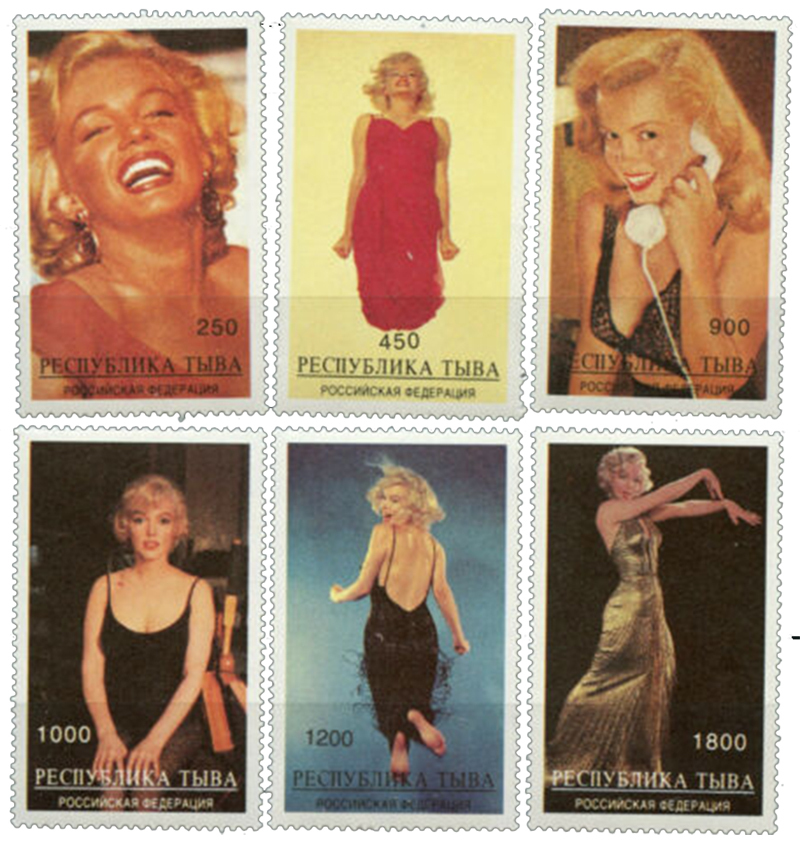
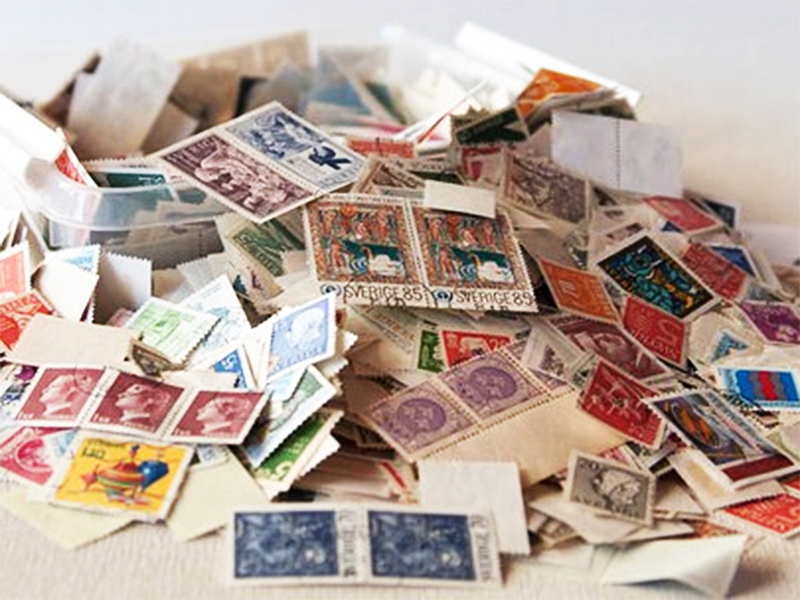
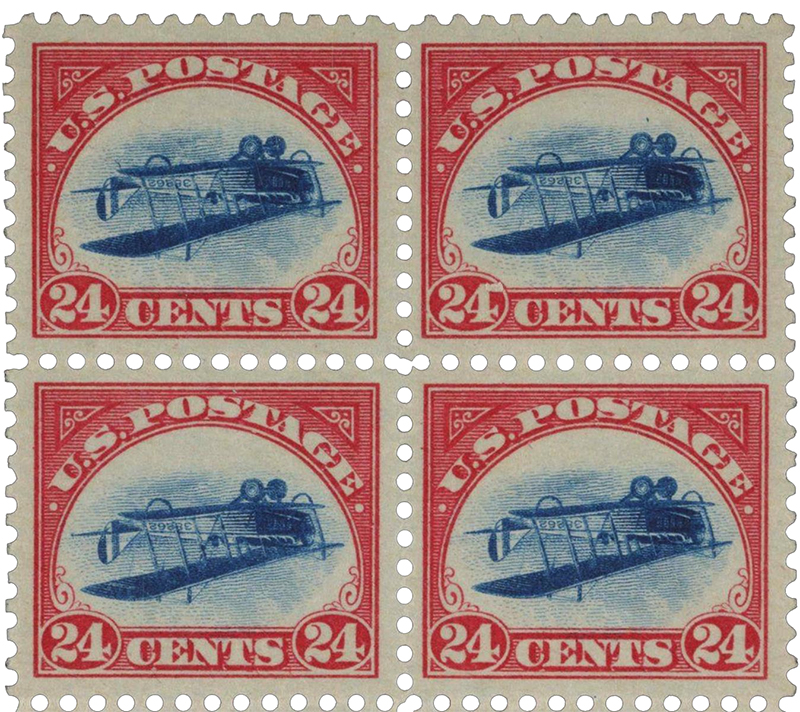
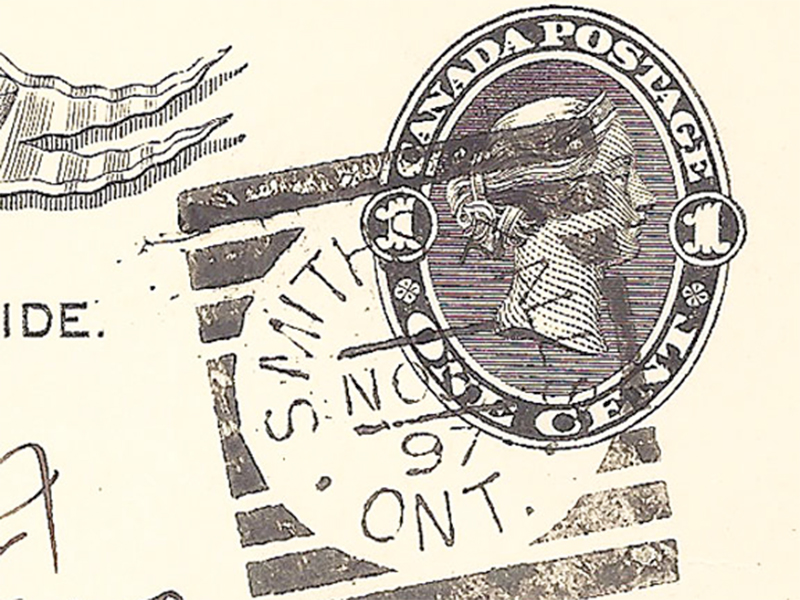
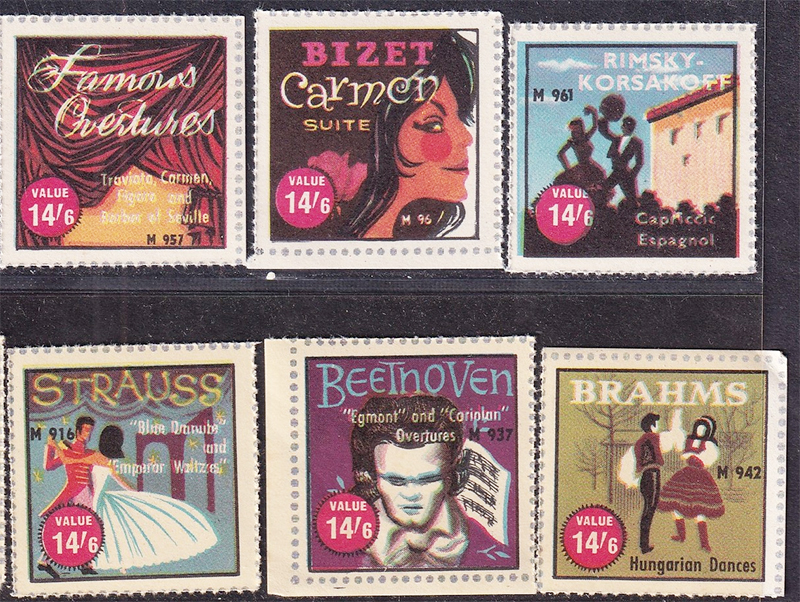
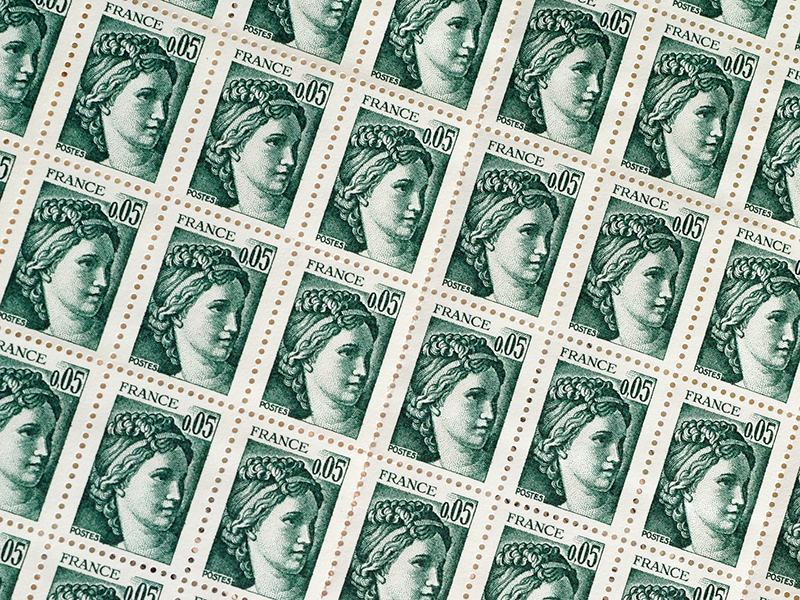



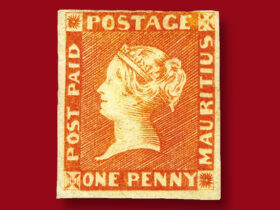
Leave a Reply